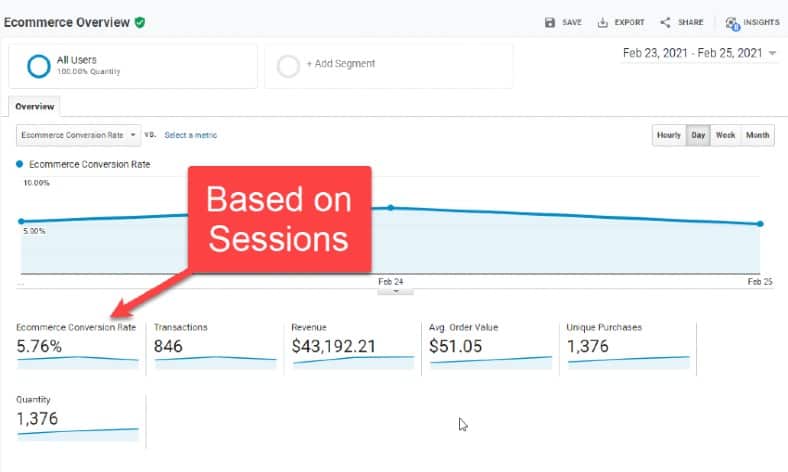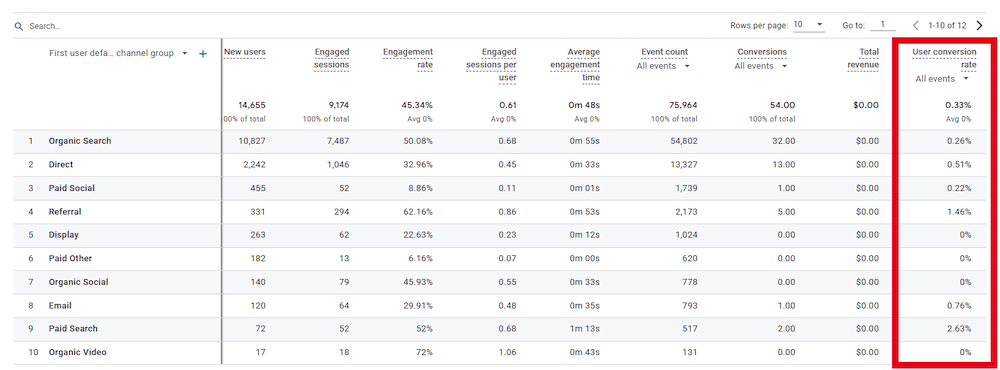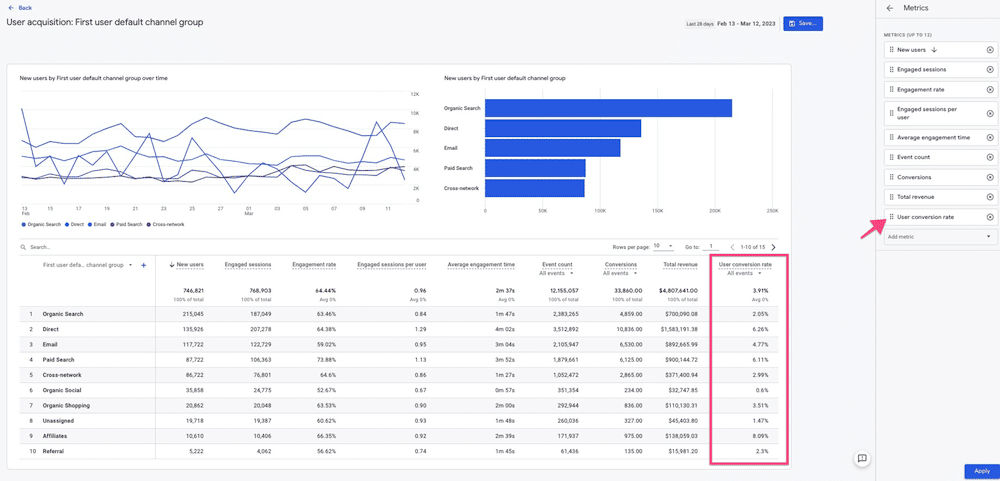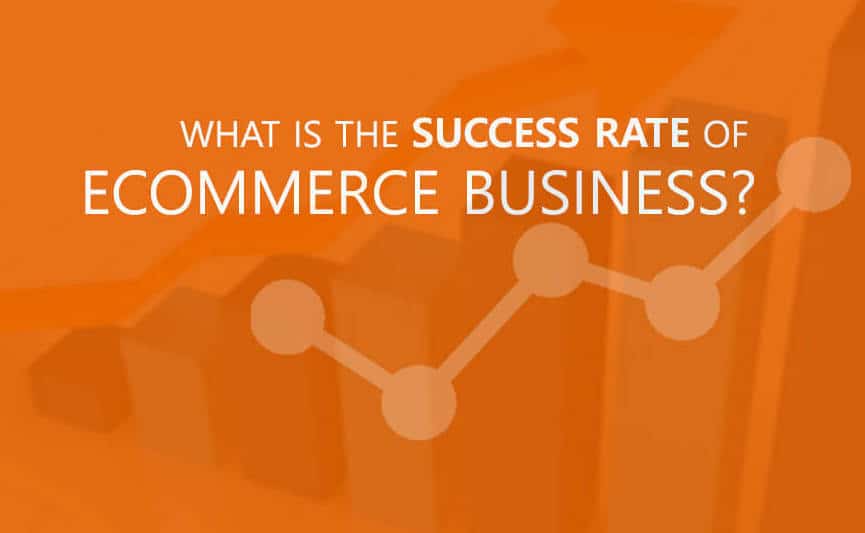Creating an online ecommerce business has never been easy. It is all the more difficult with the ever-increasing competition in the ecommerce market. Like any other business, there are many factors to consider while building an ecommerce business.
Ecommerce took off around 1994. Today there is approximately a 23% hike in ecommerce sales every year. Studies prove that by 2024, there will be more than 2.71 billion online shoppers. In this article, we will be discussing everything you need to know about the success rate of ecommerce business.
What is the success rate for an ecommerce business?
Before diving into ecommerce success rate, let us define success rate. The success rate of any business can be defined as the total number of successful runs in a given time. However, what determines success varies from individual to individual as well as company to company. The ecommerce market shows about an 80% failure rate according to every study. The major reason that decides the success or failure of the ecommerce business is a lack of proper understanding of the market and the requirements of the target audience.
What are the key business strategies for ecommerce success?
With the right use of data, an ecommerce business owner can make informed strategic decisions to get the success rate desired. However not all collected data are useful; some may be wrong, or some may be incomplete. Even with acquiring the right data, it can be difficult to create effective business strategies. Let us now get into some key business strategies to achieve success in the ecommerce business.
Focus on the conversion rate.
It has been studied that only 2.86% of visitors convert to loyal ecommerce customers. Even a slight boost in the conversion rates can significantly impact the company’s revenue. Therefore, it becomes essential to focus on the conversion rate of your ecommerce business.
CONVERSION RATE: USERS OR SESSIONS?
Tracking by sessions can be detrimental to your ecommerce reporting strategy. Of course, it’s nice to know how many site visits turn into a sale. But there’s a huge caveat in what this number is (and isn’t) telling you.

When you track conversion rate by sessions, you’re tracking the number of visitors who came to your online store without buying anything.
What you’re not tracking: whether those same people came back later and eventually made a purchase.
A customer’s sales journey is more complicated than ever, but a typical conversion rate based on site visits does not take into account this longer sales cycle. In short: If you don’t track your rate by users, you’re leaving valuable data on the table.
Unfortunately, for many years, the default option for calculating user-based conversion rates in Google Analytics made that difficult and unwieldy. With Universal Analytics’ structure as a sessions-based platform, marketers had to dig to discover exactly how many customers (not site visits) converted into sales for a better picture of this crucial metric.
With the changeover to Google Analytics 4, your eCommerce business can now get better insights than ever with user-based conversion rates — a metric we’ve been embracing for years for our clients.

Why We Recommend User Conversion Rate
If you’re currently tracking conversion rate by session, good news! Your website might have a higher conversion rate than you think, especially if a high percentage of your customers visit more than once before making a purchase.
Let’s look at an example:
Say a potential customer is comparing a product across competitors. They might initially visit your site, then visit other sites for comparison — only to come back later and make a purchase. Because they visit your site in two separate instances, they total two sessions, even though they only make one purchase.
Depending on how you calculate your ecommerce conversion rate, you’ll get a wildly different measure of success:
- Sessions-based conversion rate: 50%
- User-based conversion rate: 100%
It’s not just hypotheticals, either. We see it in our client reports, too, including these rates for one of our clients in the travel industry:
- Sessions-based conversion rate: 1.96%
- User-based conversion rate: 2.24%
Note: While the user-based conversion rate is arguably better than session-based, it’s still far from perfect in Google Analytics 4. The platform can still have difficulty identifying unique website visitors, thanks to user privacy rules, apps that block tracking, and more.
Google Signals is a big component of how the platform can identify users across desktop and mobile devices and browsers. Depending on your settings (and whether or not you even have Google Signals turned on), you may get incomplete user data, which, in turn, will affect user-based KPIs like conversion rate.
User-based conversion rate in GA4
Fortunately, calculating your new user-based conversion rate in Google Analytics 4 is much simpler than it was in Universal Analytics. We’ll walk you through the steps below.
That said, if you haven’t yet migrated your tracking and reporting to GA4, make that your first step. You can start with our free GA4 eCommerce Tracking Toolkit, which provides everything you need to configure the basics of your account.
Once you’ve got your accounts up and running, finding your ecommerce conversion rate in your Google Analytics reports is simple.
First, navigate to a user report like the User Acquisition Report. There, you’ll see by default metrics like users and conversions, both of which you need to calculate your user conversion rate.
You’ll need to customise the report by clicking on the pencil icon and adding the User Conversion Rate as a metric. Keep in mind, even if you’ve changed the Attribution Model (default is data-driven), that won’t be reflected in this report — because User Conversion Rate always uses the First Visit Source to attribute conversions.

A bit more info about your First Visit Source:
This metric is attributed based on the last non-direct click model and only applies to interactions that take place before a user’s first website visit (or first app open). Any interactions following that first click or first open aren’t used in this attribution.
Therefore, once it’s assigned, the First Visit Source for a particular user will remain unchanged (the caveat being whether GA4 can technically link activity on both the website and any app to the same user).
If the tracking of the user is lost (ie., the user doesn’t visit the website for a period longer than the Analytics cookie expiration date), then the First Visit Source will be reset.
Ecommerce success – work on abandoned cart recovery
Researches show that approximately 69% of online shoppers leave abandoned carts on their ecommerce websites. The probable reasons can be not using the right marketing strategies or tools, not optimizing the products, or not optimizing the checkout process. If you have not worked on any of the above, it is time you start working on it. The rate of abandoned carts will eventually be zero.
Maintain Transparency
Many ecommerce giants suggest that every ecommerce business must be transparent with their charges, payment mode, and shipping mode. The reason is, that many online shoppers find the products they like at their affordable price range. However, while checkout, they leave an abandoned cart due to the unexpected surge in the charges. As an online seller, you must keep your shoppers well-acknowledged of the prices you are charging including the taxes and delivery charges (if any).
Essential ecommerce success factors
You already know about the ecommerce giants in the market such as Amazon, Flipkart, Walmart, eBay, and so on. All these ecommerce giants have made their way out to become successful among all the rest in the market. Indeed, there are a few success factors that when considered and practised well can promise a fruitful result to any ecommerce business. Below are some of the essential ecommerce success factors:
Low CAC
CAC or Customer Acquisition Cost is the cost incurred by a business to acquire one customer including the marketing strategies. Although you are not spending much on marketing your products or services to a new customer, every new customer has a cost. If you are spending more on acquiring a customer than earning you are at a loss. However, if your CAC is low, you are already succeeding. Every ecommerce business aims to keep the CAC as low as possible. Now, how low it should be, depends on your business margin, your competitors, and your company’s lifetime value.
Significant gross margins
As an ecommerce business, a healthy gross margin can help smooth the business to a greater extent. If you have considerable gross margins, you are keeping room for better possibilities, investments, and improved customer acquisition. When summing up all the costs incurred by your business, the overall charge must be kept as low as possible. It is vital to reduce the investment charge for any business. You can experiment with your product pricing by including highly-priced products with some cheap ones. This can help you create a significant gross margin.
Individual consumer personalisation
Another important factor in determining the success rate in the highly digital world is personalised buying options. It has the potential to boost your ecommerce success rate twice as compared to the traditional buying options. Studies show that more than 64% of the online population looks for personalised buying options.
Hyper-personalisation software is by far the best way to personalise buying options to satisfy each customer’s unique preferences. It analyses exactly what each consumer buys, and then their impressions to see how they arrived at that decision. Then it projects this data forward based on the analytics undertaken for that individual as a stand-alone. Be under no illusion, hyper-personalisation software has been seen to deliver as high as 11,000% ROI. The distinction between the top 30 vendors is significant. Those assuming segmentation is even comparable are wrong, as hyper-personalisation is likely to be achieving 20 times more success.
Hyper-personalisation does not do any segmentation – lumping people together like clones, instead, it nurtures that individual’s loyalty because you don’t wait for them to visit your site, as their preferences extend to when they shop, not when they visit you. i.e. by emailing their selection to them adopting send time optimisation. This is reflected in a hike in average order value and customer lifetime value. Knowing your customer behaviour and offering them what they need before they look for it, also eliminates the opportunity for GA to suggest this individual to a competitor. This can significantly impact your success rate.
Multiple payment gateways
Different locations support different payment gateways or payment methods. If you are an online seller, you are aware the world is your audience and so should your payment modes. Every online shopper, irrespective of their location, must be able to purchase products from your ecommerce website. Therefore, introducing multiple payment methods can boost your success rate significantly.
Quick checkout procedure
As mentioned above, along with optimising your website, products, and categories, it is more than essential to optimise your website’s checkout procedure. Surveys show that online shoppers often leave their carts abandoned due to the complexity of the checkout process. If customers are leaving abandoned carts, you are failing in your ecommerce business even if you have put all your efforts into preparing your website. As online sellers, customer satisfaction must be of prime importance and therefore, it goes without saying, that you must optimise your checkout procedure. The faster your checkout process is, the speedier they are coming back to purchase from your ecommerce website.
Now, you are well aware of what the success rate of an ecommerce business is, what the strategies to become successful are, and what factors are to be considered for it. Keeping an eye on these factors and practising these strategies can help you know your ecommerce business’s health in the market and help you make necessary improvements if needed.





